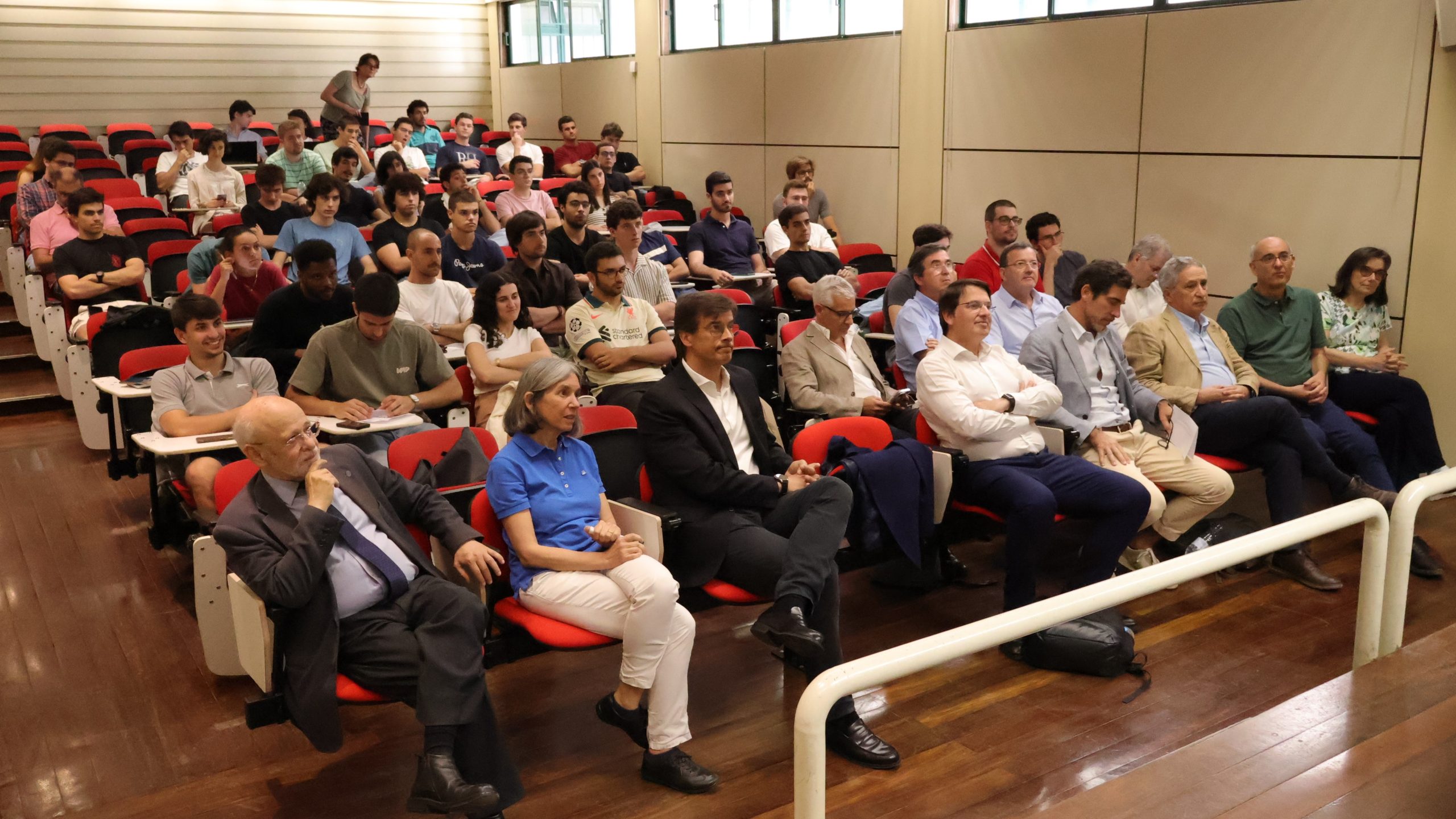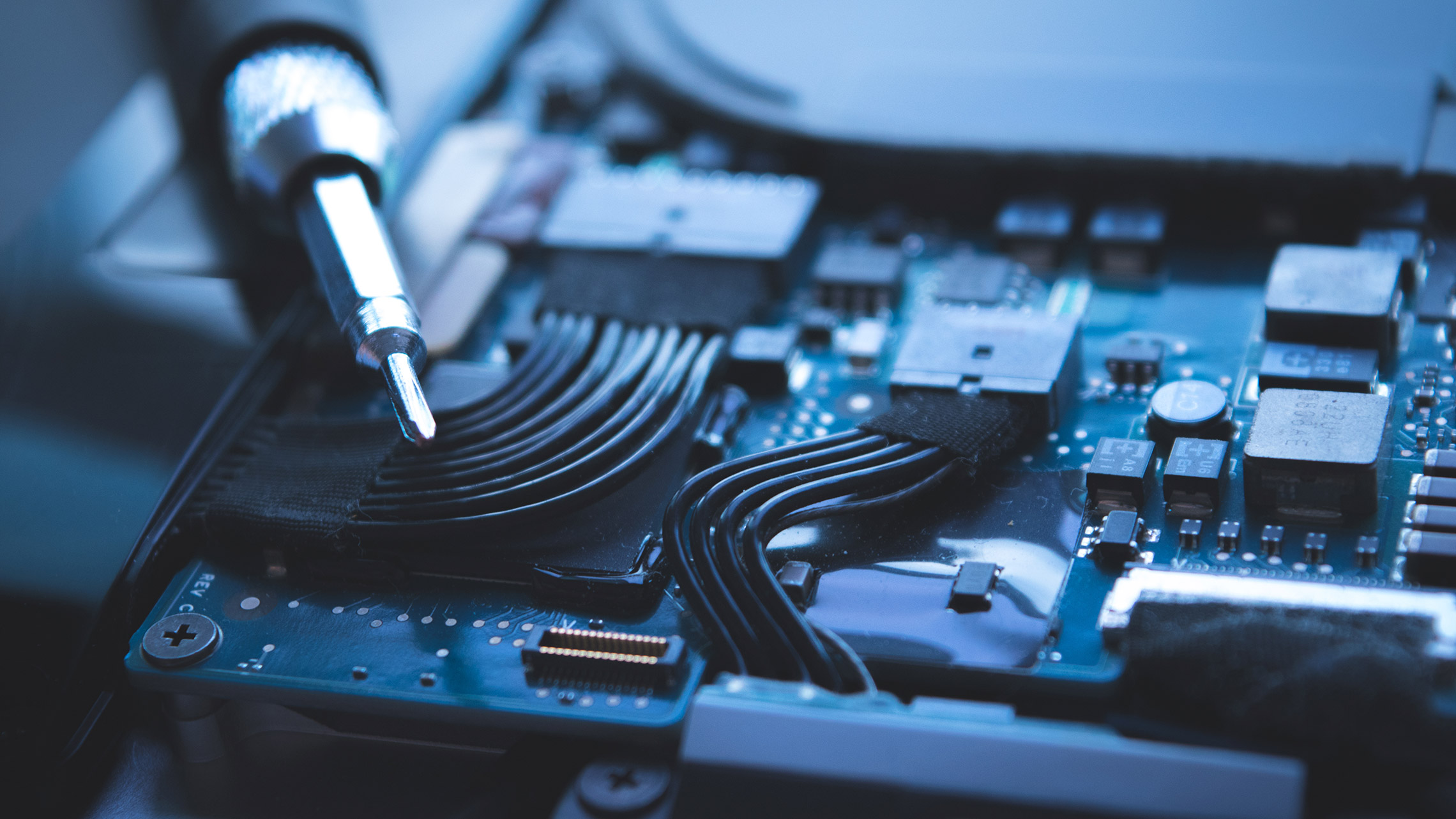Blackout: how to manage systems in crisis situations?
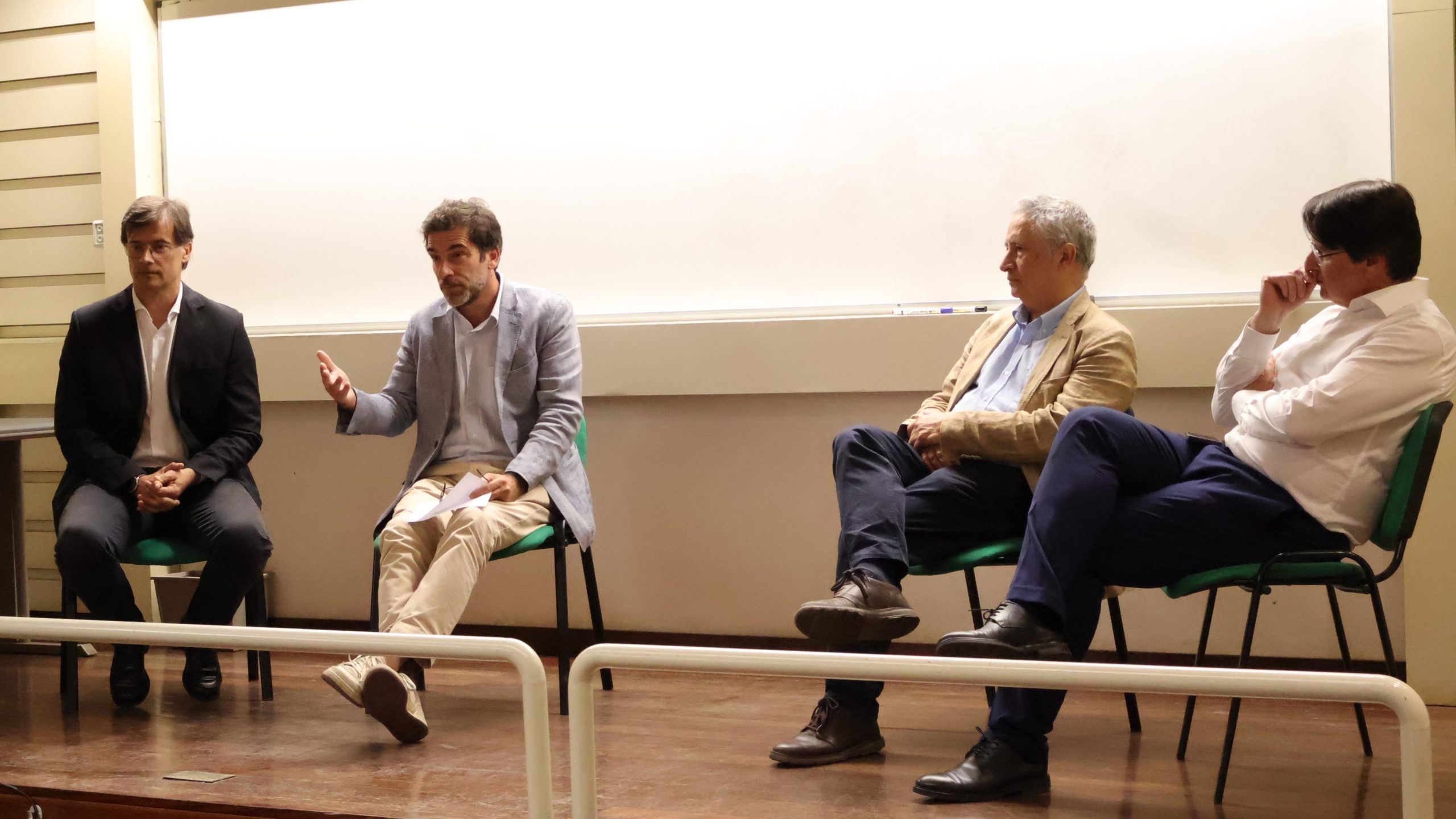
On Wednesday, May 28, marking one month since the blackout experienced on the Iberian Peninsula, the session “Blackout! Electrical and Computer Engineering on the Front Line of Crisis Response” took place. This discussion, moderated by Professor Pedro Carvalho, a faculty member of the Department of Electrical and Computer Engineering and researcher at INESC-ID, aimed to clarify some doubts regarding the operation of the electrical grid in Portugal and explain how the crisis was managed by e-Redes, NOS, and Instituto Superior Técnico itself. The panel included Pedro Terras Marques, responsible for system management and operations at e-Redes; Luís Santo, head of radio communications at NOS; and Fernando Mira da Silva, currently a professor and former vice-president of Técnico for Information and Communication Technologies.
The session started with a reflexion of the applications of the electrical and computer engineering by the students.
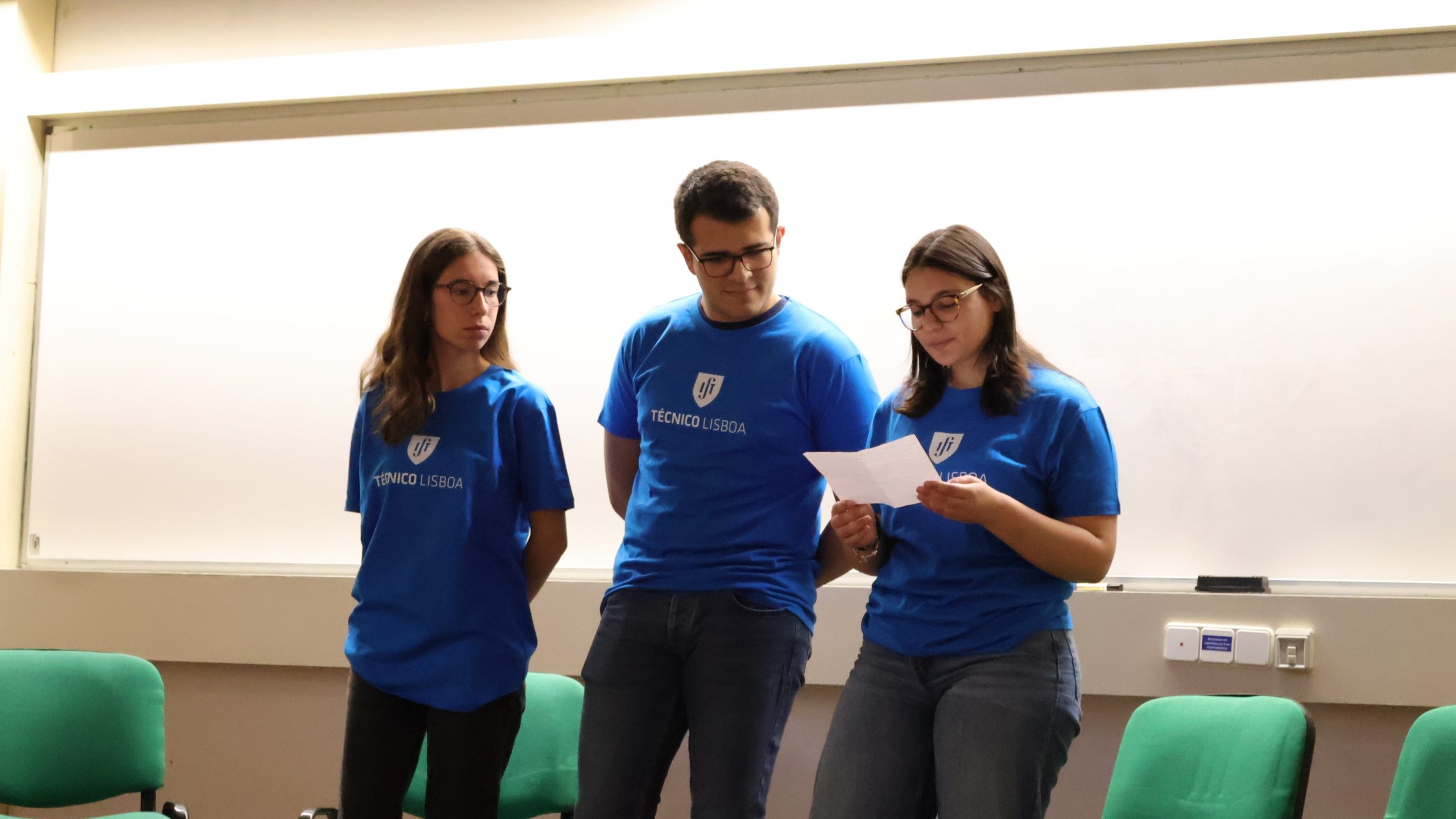
What happened was a phenomenon of instability: the system experienced oscillations, and these oscillations caused protections to act in cascade.
Pedro Carvalho, DEEC faculty member and INESC-ID researcher
Starting with the blackstart (the reestablishment of power), Pedro Carvalho highlighted the challenge of the blackout’s scale: system management becomes more complex as the scope of the failure increases. In this regard, the question was raised about how the situation was managed by e-Redes and what other problems arose due to the unpredictability and extent of the blackout. Pedro Terras Marques explained that the company, responsible for guaranteeing energy distribution, frequently manages low and medium voltage faults, meaning outages where energy supply exists nearby and normality is quickly restored. “An engineer’s concern is to ensure that before destroying the asset, the fault can be isolated using protections, and usually, the fault is resolved locally (…) This is everyday life,” added Pedro Carvalho. The high voltage system is more stable. However, the company has an emergency plan for crisis situations, which was activated on April 28: “in particular, the blackout scenario was rehearsed,” said Pedro Terras Marques. As an example, the engineer pointed out simulations of certain faults, including interruptions of operation centers, and regular training on satellite communications, which was used during the blackout.
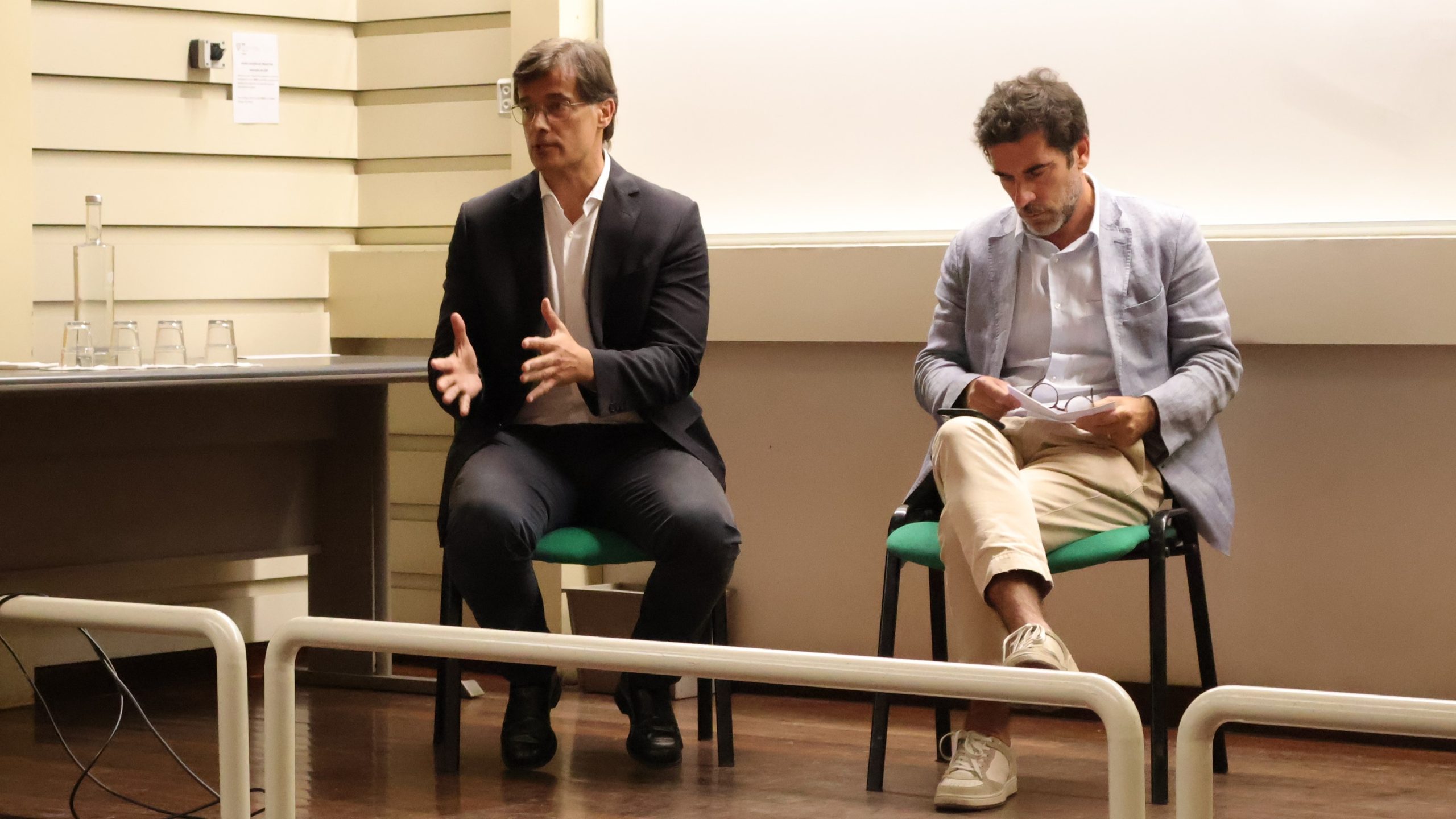
Once the blackout was confirmed, it was necessary to restore power in a “very slow and controlled” manner through autonomous startup stations — which do not depend on the grid. Islands were formed, each including only a few customers, due to the need for connections to be made with low loads to avoid system overload and another blackout as a consequence. After connecting three islands, the process began to speed up, but always sequentially and according to REN’s instructions.
In the telecommunications sector, Luís Santo explained that, similarly to e-Redes, there is a contingency plan and a team responsible for crisis situations: “the telecommunications network is designed to survive a blackout for three days.” He emphasized that the first step was to understand the problem and figure out how to maintain system autonomy for as long as possible. Considering that the mobile network consists of several frequencies feeding different services like 5G, the most energy-consuming systems were gradually switched off.
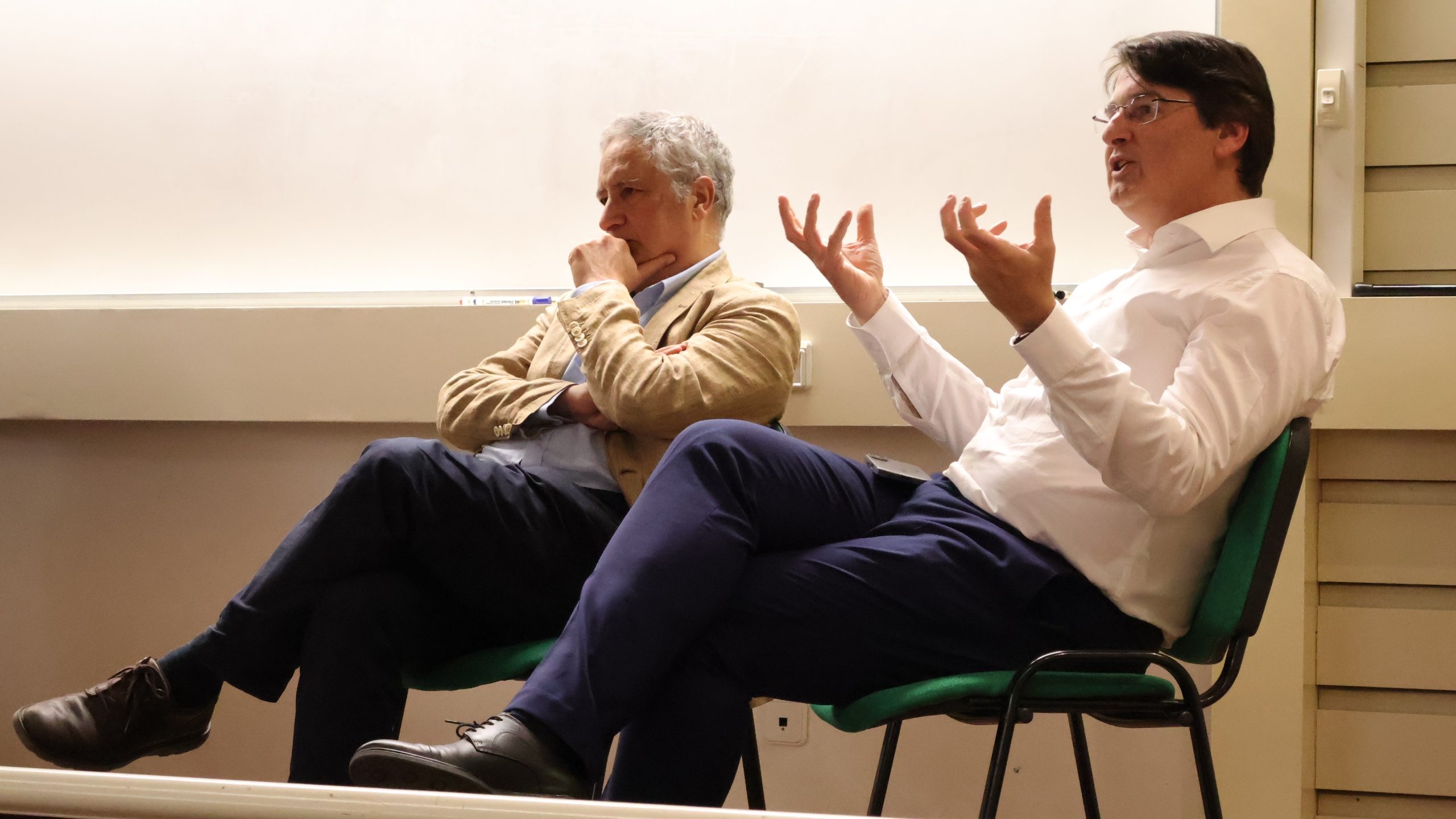
Regarding the management of the blackout in Técnico’s information technologies, Fernando Mira da Silva explained that, when he began working at the IT center, backup systems already existed, which now operate based on redundant systems at the Alameda and Taguspark campuses, supported by a generator with an autonomy of about 60 hours. To explain the redundancy systems, the professor noted that initially Técnico was indirectly connected to the FCCN generator — digital services from FCT – Foundation for Science and Technology — through the University of Lisbon. However, after this connection failed, Técnico maintained normal operations through a second connection, this time directly to FCCN. Later, it maintained its own autonomy, without the need to give up any services at Alameda, through its own generator, which is tested monthly for such scenarios.
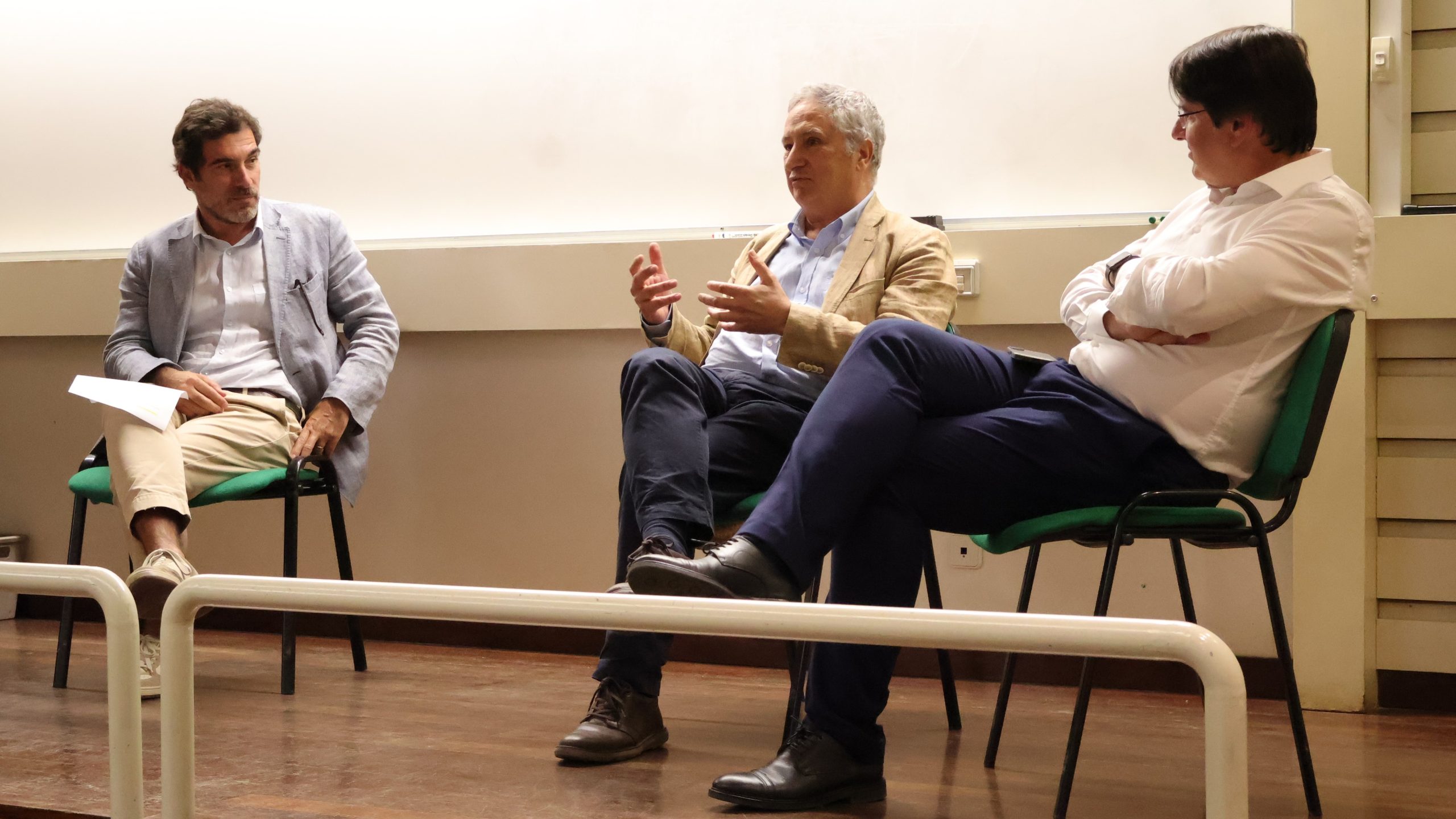
We live completely interconnected electrically. (…) It is perfectly normal that a problem occurring in Lithuania is reflected in Portugal because these phenomena propagate.
Pedro Terras Marques, system management and operations head at e-Redes
Another fact highlighted during the session was that there is no isolated Portuguese electrical system: the grid is connected to Spain, which in turn links the Iberian Peninsula to Europe through France. “There is no border between Portugal and Spain except in operation. It is the same grid; it is not possible to be immune to the Spanish grid, just as the Spanish grid cannot be immune to what happens in the French grid and vice versa,” said Pedro Carvalho. Pedro Terras Marques also added the reason why the country was importing energy from Spain on the day of the blackout: due to high photovoltaic production, prices were lower, so the decision stemmed from seeking the lowest market cost solutions and not from the inability of Portuguese autonomy.
In conclusion, the speakers briefly discussed future perspectives, emphasizing the importance of investing in safer and more efficient systems, viewing this event as an opportunity to improve various systems. The session also included participation from students, who posed their questions about the topic.
I think this was a situation that allowed all of us — telecommunications operators, energy operators, but also all systems — hospitals, municipalities... — to check in real time what is needed and learn from the experience and see what can be improved.
Luís Santo, head of radio communications at NOS
